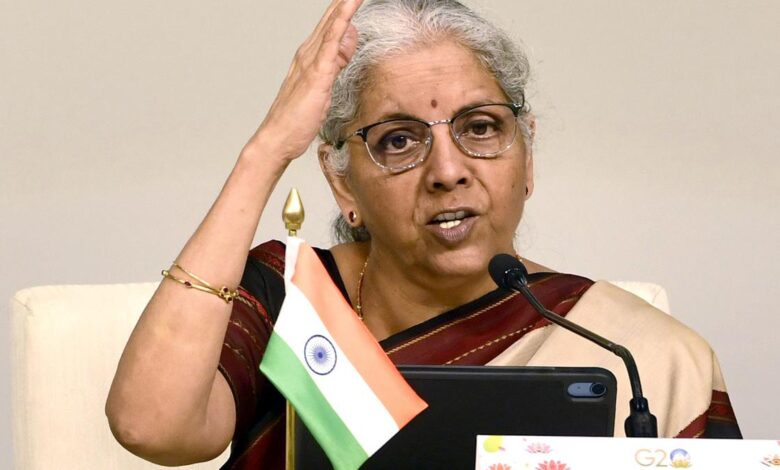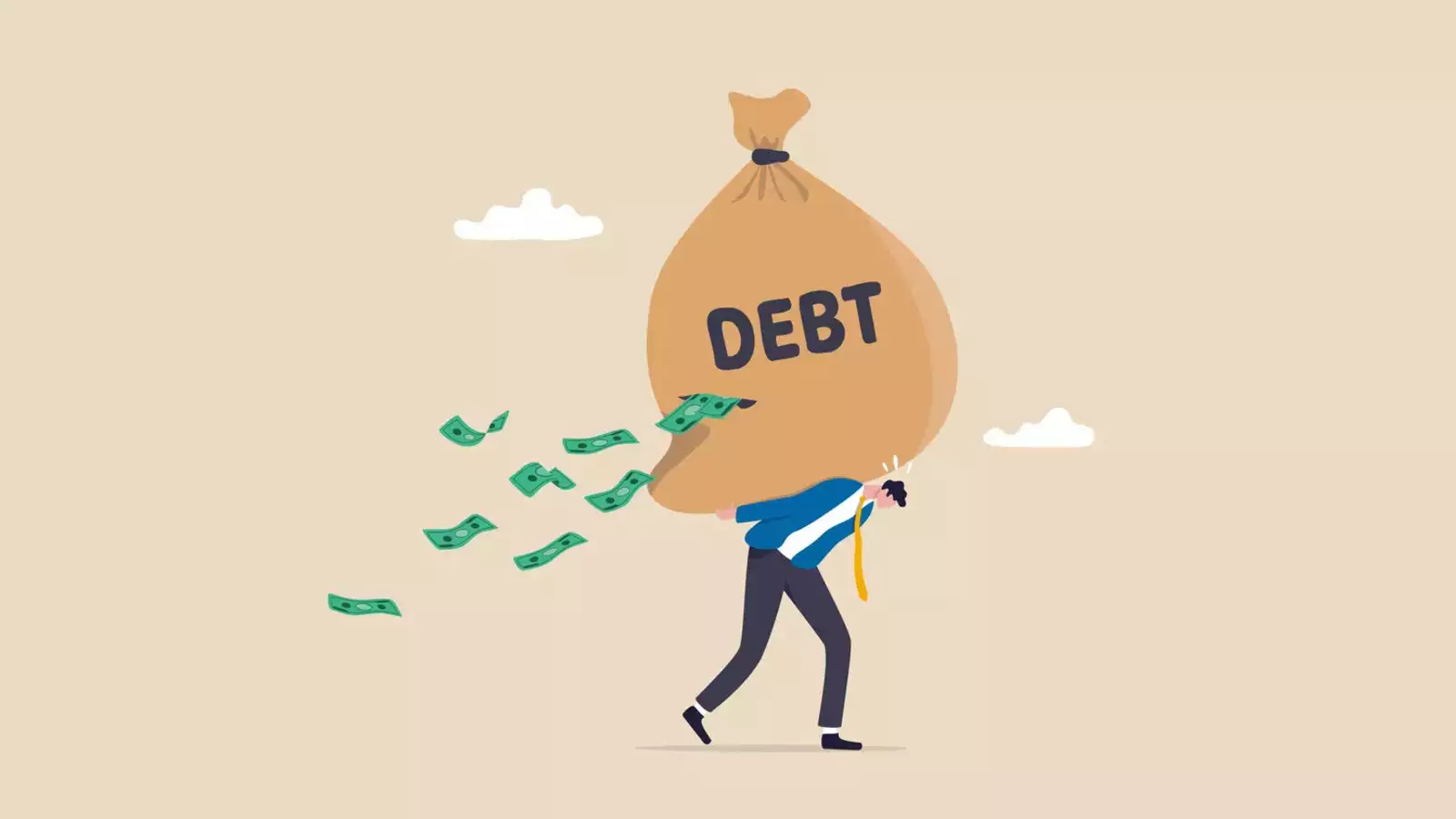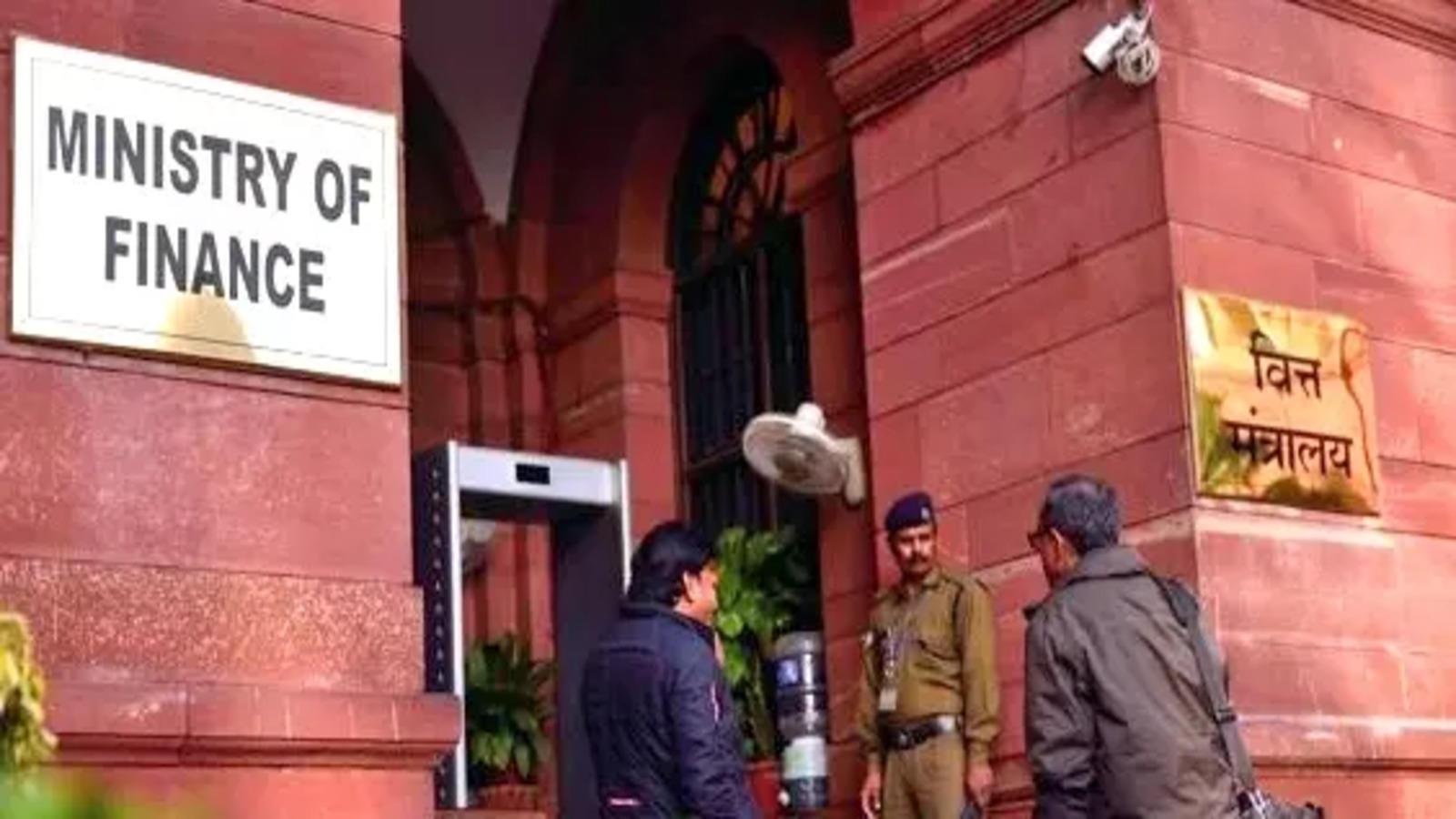India’s Debt Hits ₹176 Lakh Crore! Is the Government Leading Us to Financial Trouble?
The total debt of the Indian government has been ₹176 lakh crore in June 2024 versus ₹141 lakh crore in the previous year 25% rise within just one year. Economists and policymakers keep drawing the question of whether this kind of growth in debt is disastrous for the Indian economy.

India is now facing with a huge struggle in the issue of how much the government owes. The Indian government debt has reached as high as ₹176 lakh crore as of June this year. Compared to last year, it was ₹141 lakh crore; hence, it rose by a whopping 25%. That is a tremendous hike just for one year.
But why is the government borrowing so much, and what does that portend for the future?
Government debt is the money a government borrows to raise funds for its expenses. The Indian government has two kinds of debt-
External debt
It is the amount of loans taken from other countries or foreign organisations. India’s external debt has now touched ₹ 79.78 lakh crore. In the last year, it was only ₹ 66.3 lakh crore, so it’s pretty clear that the government has borrowed much more from outside the country lately.
Internal Debt
These are borrowed from people and organizations within India. The government has borrowed ₹149 lakh crore from inside the country. Of this, ₹104.5 lakh crore comes from selling bonds. These are more or less loans the government takes from people in exchange for a promise to pay them back later while earning interest.
The government has been borrowing both within and outside the country, and outstanding debt grows rapidly.
Why is India’s Debt Growing?
There are many reasons for the increase in India’s outstanding government debt.
Following the pandemic, which is currently completed, the government is spending much more to get the economy going. They have built much infrastructure, such as roads and railways, and initiated many programs for the people who have suffered through it all. All these extra spending are supposed to be helping the country to grow, but so long as it is spent, that’s money borrowed.
One reason a country experiences such rapid debt accumulation is the fiscal deficit. This can be defined as the amount of difference between what the government earns and what it spends. For 2024, the fiscal deficit has reached alarmingly high at 5.6% of the nation’s GDP, meaning that the government is spending much more than it is earning and covering the gap would require borrowing.
It also carries along exciting problems. Assume you borrow money; the interest on what you borrowed is due. Today, 19 percent of what the government collects in total income is spent solely to pay interest on their debt. For this reason, spending that money on other essential things like education, healthcare, and development projects gets slightly tricky.
The good news is that the debt keeps increasing, but the economy grows faster. In simple words, India’s debt-to-GDP ratio, which reflects how much debt the country has compared to what it earns, has come down. It stood at 57.5 per cent last year and now at 54 per cent. That means while debt is rising, the economy is growing a little faster- the good sign.
A Peek into the Past

Looking at what happened in the past few years would explain why the debt is such a high number now.
The worst of the COVID-19 pandemic for India has witnessed a debt-to-GDP ratio of 62.75% in the year 2021. This was because the government had to borrow quite a lot of money to get through this crisis. It needed to help all people who lost their jobs, provide medical supplies, and keep businesses afloat. Since then, the debt-to-GDP ratio has slowly been decreasing as the economy recovers.
The Indian government had been borrowing so much even before the pandemic. In 2020-2024, the central government debt continued to rise because they continued to spend on massive projects and also respond to emergencies like COVID-19.
Currently, the government is in a tight spot. They need to find the means of continuing growing their economy but at the same time avoid raising too much debt.
One of the fundamental questions is whether the government can continue to borrow without creating substantially larger problems. At this rate, it would be very tough to pay off the loans if this government continues lending in the future.
According to some experts, “if it can spend with prudence and avoid over-borrowing, the government might get their debt in check.”
With general elections in India ended, that may make things a little more complicated. Governments usually splurge during election times to keep the voters smiling. They introduce new programs or slash taxes. This could denote borrowing even more money and pushing debt even higher.
The market folks and investors closely watch the government’s borrowings. Selling bonds is one way through which the government borrows money. Because there has been substantial interest in IGBs, the government has been taking heavy borrowings. However, if it continues borrowing too much, investors can become fearful. If investors lose confidence that the loans will be paid back, they will want to earn more interest, which will increase the cost of borrowing.
What Can the Government Do?

The government now has some hard choices ahead. Here are a few things they might consider to get the debt under control.
The government should be more careful on where it wastes its money. Instead of wasting money on things that will not help in the long run, it should use it on factors that will improve the economy. For example, it could create more employment opportunities coupled with improved economic growth and economic development by constructing better infrastructure to operate businesses.
Now, the government is not taking enough tax as it would have taken otherwise. Many are not paying their share. It may try to improve tax collection without raising the rates too much. It does not need to borrow much if it succeeds in collecting more tax.
India’s best method to pay off its debt is to grow the economy. An economy that grows enough will facilitate the government to bring more money inside from taxes and other revenue sources, in addition to not needing to borrow as much. Focus on industries that would spark growth, such as technology and manufacturing, would be necessary.
What happens if it continues growing?
If this continues to climb at the same rate, it might one day load the burden upon the future. But what may happen in the meantime is the following.
The government keeps borrowing more and more. There arises a fear among the lenders that perhaps they will not get their money back. This would compel the lender to increase the rate of interest. The more this continues, the costlier becomes borrowing for India in the future.
In this case, if the money allocated towards paying interest on the debt is too high, then there will not be sufficient money available for things like healthcare, education, and welfare programs. More so, people with the most significant need for government support will be negatively affected.
Excessive borrowing is also inflationary. If the government prints too much money to pay for its debts, it can result in money losing value, which may cause inflation in the goods and services consumed.
Even though the country’s debt is increasing, some indicators go well with India’s economy. The reason for this is the debt-to-GDP ratio is declining, and the size of the economy is more significant than that of the debt. This is a good sign that India is becoming richer and possibly better at looking after its debt in the future.
If the government manages its spending prudently and focuses on healthy economic growth, then hope still lies in the possibility that the debt may not be too burdensome.
What’s Next for India?

India’s increasing debt is serious but not all doom and gloom, as the government has been piling in a lot of borrowed money to help the country recover from the pandemic and invest in big projects that could lift the economy. However, that debt has its risks, too, and if not managed carefully, may raise the bar even higher afterwards.
The coming years will be heavily filled with some difficult decisions over borrowing more and where to spend, but these hard-line decisions need to be informed by wise spending, raising taxes, and ultimately growing the economy to prevent the debt from getting totally out of hand.
This would mean new taxes, spending cuts, or any other measures to put debt under control for the next few years to India’s people. However, if such a fine balance can be achieved with government actions, then India may continue its growth while keeping its debt under control.
The road ahead will not be smooth, however, with optimum planning and prudent decisions, India will have the power to overcome its debt trap and achieve new heights.



